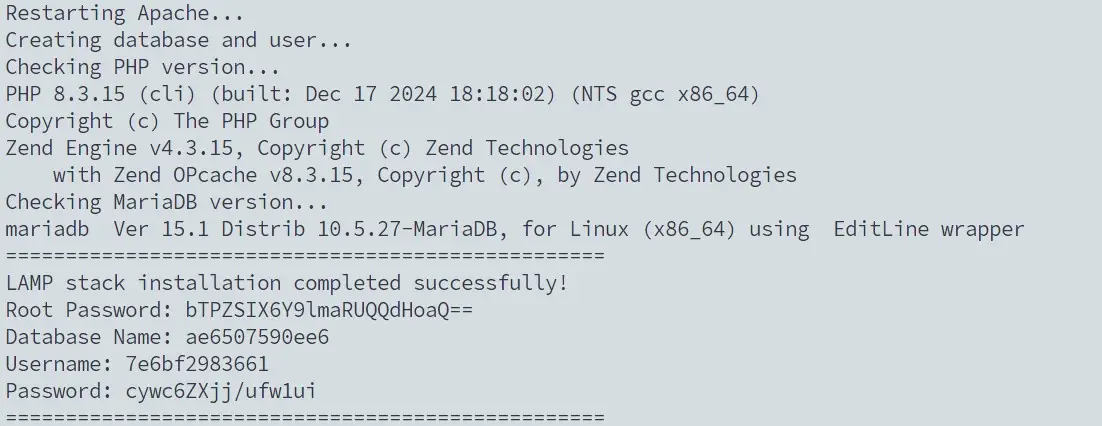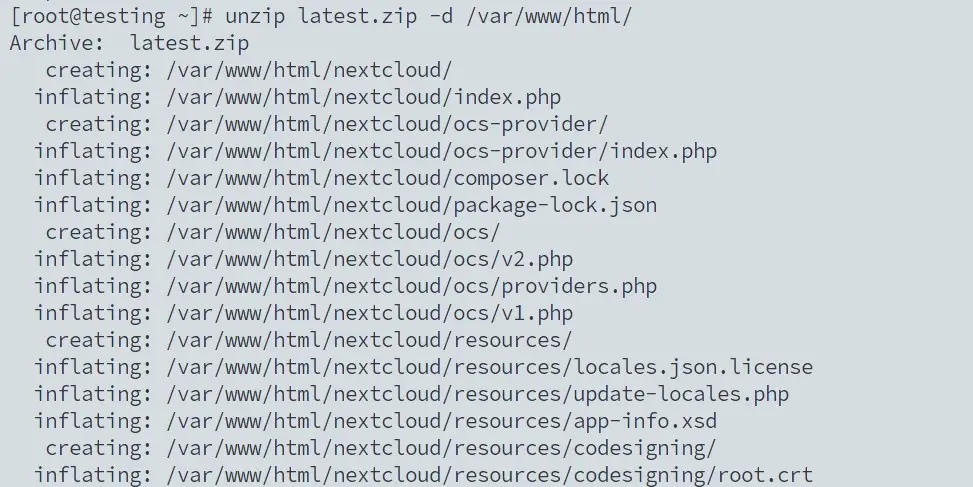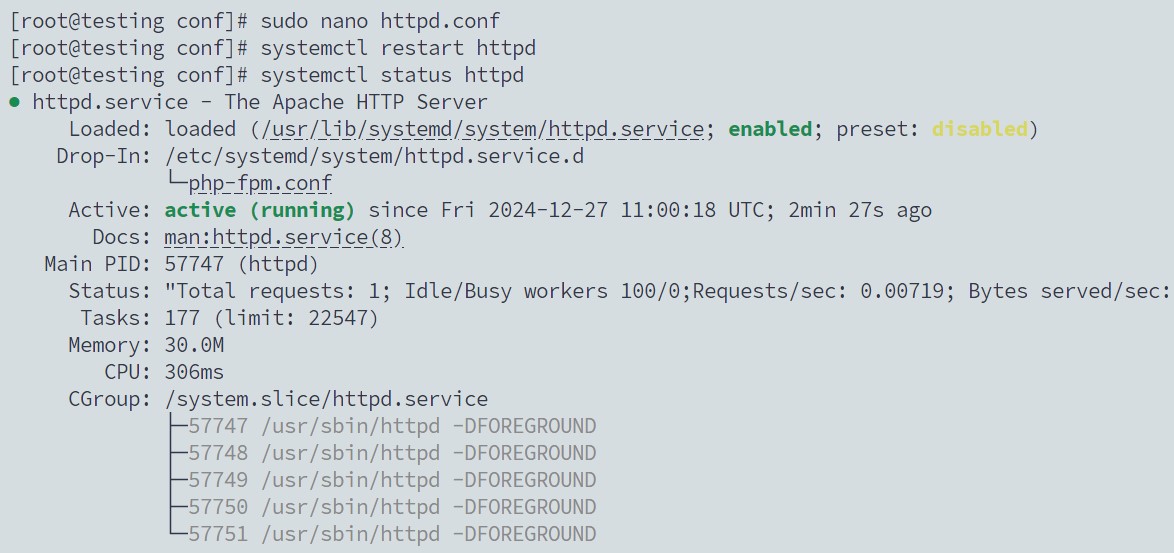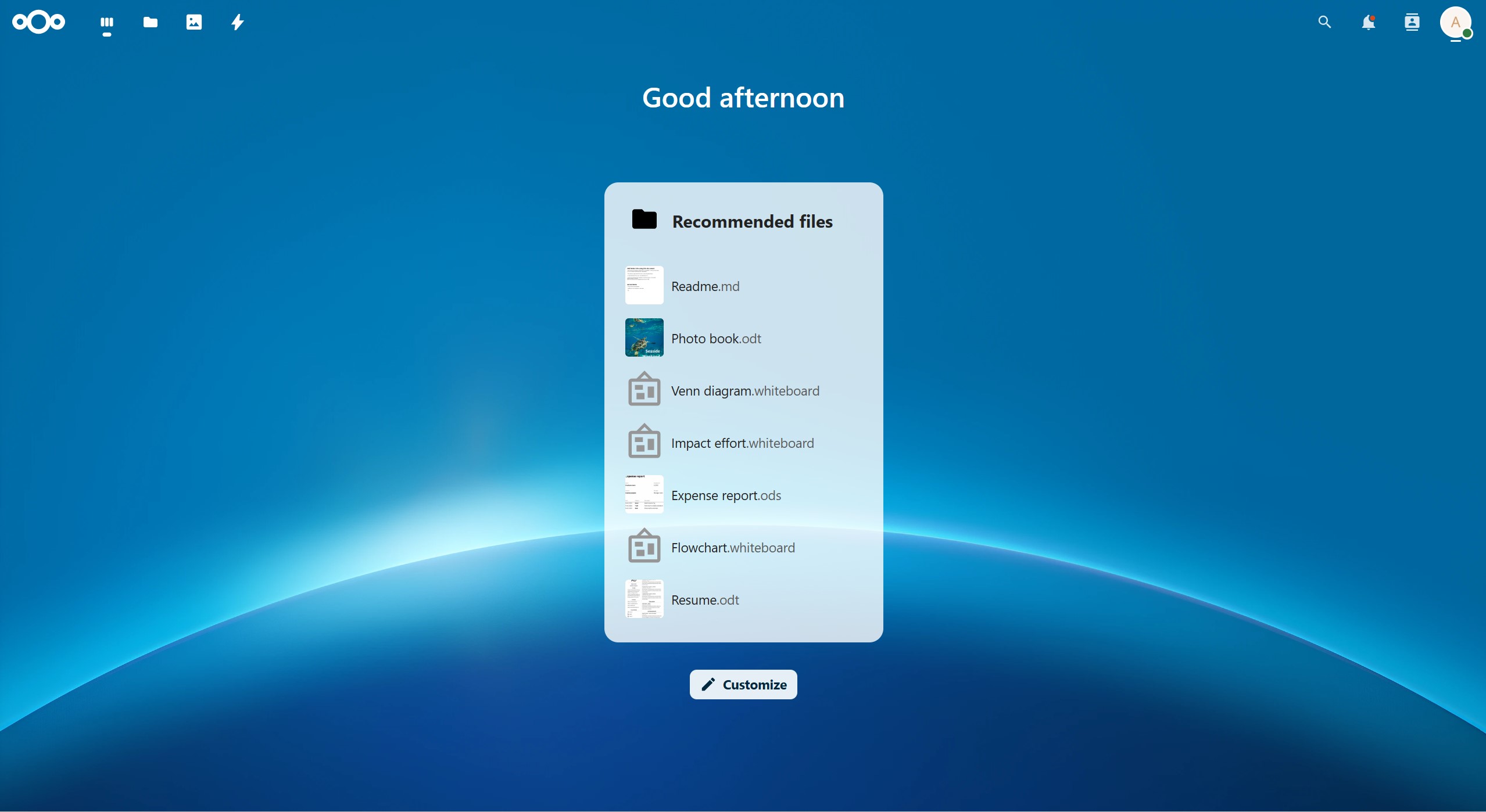Table of Contents
- Step 1: Create a bash script for LAMP stack with the below code.
- - The below script automatically installs the PHP version 8.3 (latest while writing this documentation) with all the necessary PHP modules needed for Nextcloud
- - The script also installs MariaDB and generates random credentials of Root DB user and also creates database needed for Nextcloud Installation
- LAMP Stack Installation Script
- Step 2: Download Nextcloud and configure the server
- ** Create a nextcloud.conf file inside Apache configuration directory
- ** Once the system is restarted open the browser with the IP of the server i.e., http://server_ip
- ** Enter the details displayed from the Bash Script for the database. Once Done, the Nextcloud is Successfully Installed.
- Want to Configure more in Nextcloud ?? Read here below:













